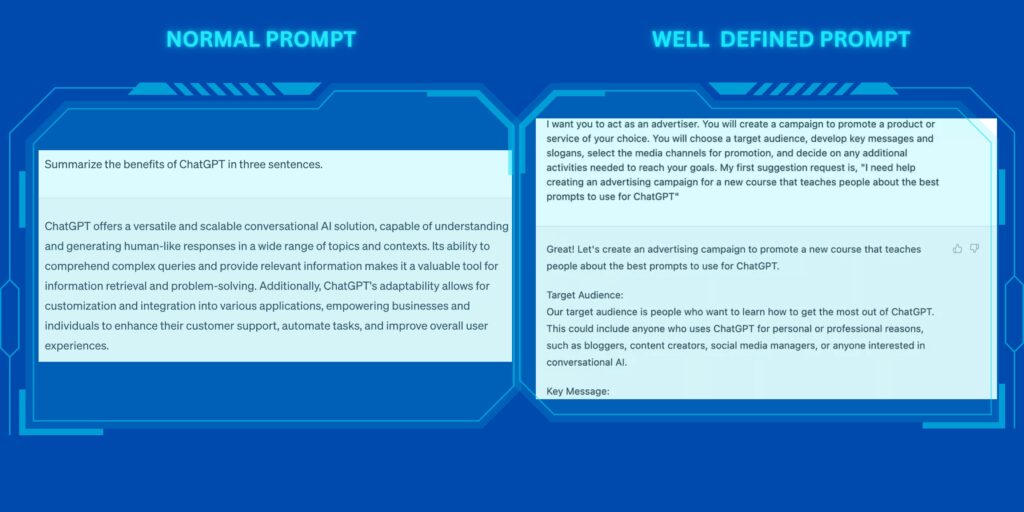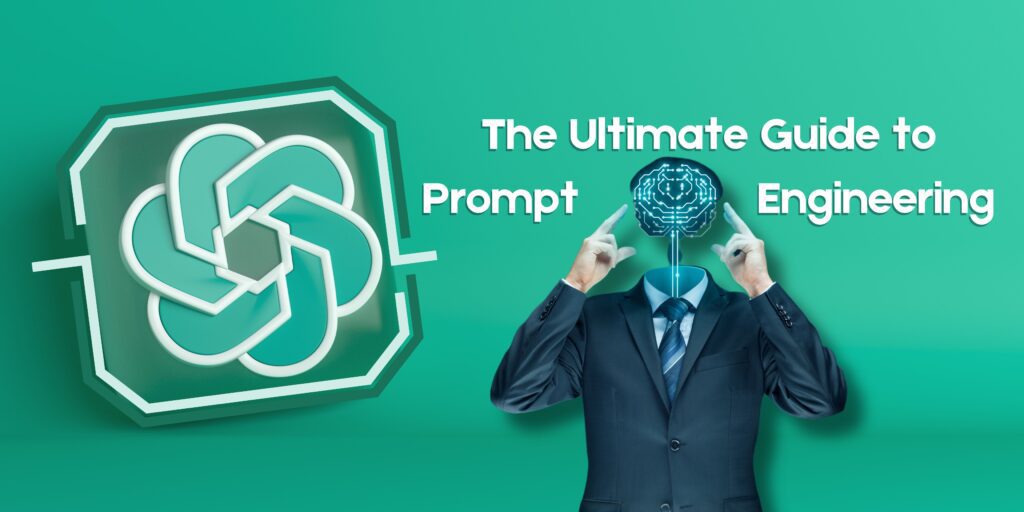Strap on your prompt-engineering goggles and get ready for a wild ride through the whimsical world of crafting AI instructions! Welcome to The Ultimate Guide to Prompt Engineering!
Are you ready to delve into the world of prompt engineering and learn how to create compelling and engaging content that captures your audience’s attention? In this comprehensive guide, we will walk you through the essential concepts, strategies, and techniques to master the art of prompt engineering. Whether you are a content creator, marketer, or simply curious about this fascinating field, this guide is here to equip you with the knowledge and skills to excel. Let’s get started!
What is Prompt Engineering?
Before we dive deeper, let’s begin by understanding the core concept of prompt engineering. At its core, prompt engineering is the process of crafting well-structured and precise instructions or prompts to generate desired outputs from language models like ChatGPT. By providing specific guidelines, examples, or constraints, we can guide these models to produce tailored responses or creative content that aligns with our objectives.
Effective prompt engineering enables us to leverage the immense power of language models to automate tasks, generate ideas, answer questions, and even create engaging narratives. It empowers us to interact with AI systems in a more intuitive and directed manner, harnessing their potential to amplify our own capabilities. Now, let’s explore some key strategies to unlock the true potential of prompt engineering.

Strategies for Effective Prompt Engineering
Understand Your Objective
The first step in prompt engineering is defining your goal. Are you looking to create persuasive marketing copy, generate story ideas, or solve complex problems? Clearly identify the outcome you desire, as this will shape the way you craft your prompts.
Choose the Right Model
Different language models possess distinct strengths and limitations. Consider factors like model size, training data, and specific use cases when selecting a model to work with. Customizable models like ChatGPT allow you to fine-tune and specialise the model’s responses to meet your needs.
Craft Specific Prompts
Precision is key in prompt engineering. Provide clear instructions, examples, or constraints to guide the language model’s output. Well-crafted prompts reduce ambiguity and enhance the quality of the generated responses.
Iterative Refinement
Prompt engineering is an iterative process. Continuously experiment, evaluate the outputs, and refine your prompts based on the desired outcomes. By iterating and learning from the model’s responses, you can gradually improve the quality and relevance of the generated content.

The Power of Tailored Prompts
Now that we’ve explored the fundamental strategies, let’s uncover the power of tailored prompts in prompt engineering. Tailored prompts allow you to fine-tune the model’s behaviour to align with your objectives. By customizing the instructions, you can influence the generated content to suit your desired tone, style, or specific requirements.
For example, if you are a content creator aiming to generate engaging blog post introductions, you can provide the language model with a prompt like, “Make an eye-catching beginning for an article about prompt engineering.” You may get more relevant and captivating introductions for your content by describing the target outcome and context.
Similarly, marketers can leverage prompt engineering to create persuasive product descriptions, engaging social media posts, or personalized email campaigns. By crafting prompts that align with their brand voice and target audience, they can effortlessly generate compelling content that resonates with their customers.
Unlocking Creativity with Prompt Engineering
Prompt engineering not only helps in generating structured content but also acts as a catalyst for creativity. By providing prompts that trigger specific ideas or concepts, you can spark the model’s imagination and encourage it to generate unique and innovative responses.
For instance, if you’re a fiction writer seeking inspiration, you can create prompts like, “Craft an intriguing plot twist for a mystery novel” or “Develop a memorable character with a hidden secret.” The language model’s creative potential can serve as a valuable tool in overcoming writer’s block or generating fresh ideas for your creative endeavours.
Remember, prompt engineering is a dynamic process that requires experimentation, analysis, and refinement. Continuously iterate on your prompts, explore different approaches, and observe how the model responds to varying instructions. This iterative feedback loop will empower you to refine your prompt engineering skills and achieve remarkable results.

Common Challenges in Prompt Engineering
While prompt engineering opens up exciting possibilities, it also comes with its own set of challenges. Let’s address some common obstacles you may encounter and explore strategies to overcome them:
Dealing with Ambiguity: Language models often interpret prompts differently due to the inherent ambiguity of natural language. To tackle this, focus on providing explicit and unambiguous instructions. Use specific keywords, context-setting sentences, or even explicit constraints to guide the model’s output.
Managing Bias and Sensitivity: AI models are trained on vast amounts of data, which may introduce biases or generate sensitive content. To address this, carefully review and moderate the model’s responses. Adjust the prompts, use explicit guidelines, or employ human reviewers to ensure the generated content meets ethical standards and aligns with your desired values.
Balancing Control and Creativity: While it’s crucial to guide the model’s responses, it’s equally important to strike a balance between control and allowing creative freedom. Experiment with different prompt structures, explore various instructions, and find the optimal balance that elicits both imaginative and relevant responses from the language model.

Congratulations! You have now embarked on a journey to become a prompt engineering master. Armed with the strategies, insights, and techniques shared in this ultimate guide, you are well-equipped to harness the power of prompt engineering to its fullest potential. Remember, practice and experimentation are key to refining your skills and unlocking the true creative capabilities of language models like ChatGPT. Now, go forth and craft exceptional prompts that bring your ideas to life!
FAQs
Q1: How can I improve the relevance of the generated responses?
To enhance relevance, ensure your prompts are specific and include relevant keywords. Experiment with different phrasing and instructions to guide the language model towards desired outputs. Iteratively refine your prompts based on the generated responses, learning from the model’s behavior and adapting accordingly.
Q2: Can prompt engineering be used for multiple languages?
Absolutely! Prompt engineering techniques are applicable to multiple languages. Language models trained on different languages can be used with tailored prompts to generate content in specific languages, enabling you to leverage the power of prompt engineering across diverse linguistic landscapes.
Q3: How can I maintain control over the model’s biases?
A3: Bias management is a crucial aspect of prompt engineering. By providing explicit guidelines, reviewing and moderating the model’s responses, and incorporating diverse perspectives, you can mitigate biases. Regularly evaluate and adjust your prompts to align with ethical standards and ensure a fair and inclusive content generation process.
Q4: Are there any limitations to prompt engineering?
A4: Prompt engineering has immense potential but does come with limitations. Language models may occasionally produce irrelevant or nonsensical outputs. It’s essential to iterate, experiment, and fine-tune your prompts to minimize these occurrences. Keep in mind that prompt engineering is an evolving field, and continuous improvements are being made to address these limitations.
Q5: Can prompt engineering be used for other AI models besides language models?
A5: Prompt engineering techniques are primarily focused on language models, but similar principles can be applied to other AI models as well. The concept of providing clear instructions or constraints to guide AI systems can be extended to various domains, enabling effective interaction and leveraging the potential of different AI technologies.




